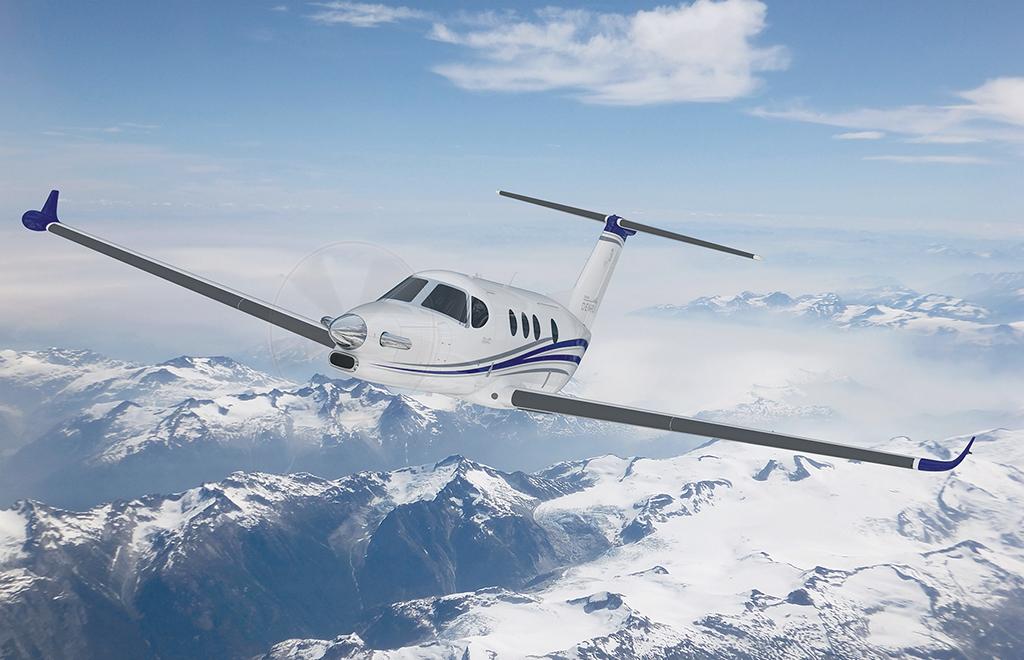GE Expects First Delivery Of Catalyst Engine By Year-End

GE Aviation is progressing with engineering and certification testing on its Catalyst turboprop designed for Textron Aviation’s new single-engine Cessna Denali. The engine maker says first delivery should occur by year-end. But Textron officials declined to speculate on when the first flight of the $5.25 million Denali will take place. It had earlier expected first flight in 2019. Rob Scholl, Textron Aviation senior vice president for sales and flight operations, said, “Everything going on in the world right now just gives us a lot of uncertainty on the timing.”
By mid-August, the 10 Catalyst test engines assembled had amassed more than 1,800 hr. of combined operation. And by then GE had completed development testing for icing certification, along with testing for altitude, endurance, vibration, durability, ingestion and integrated prop controls. The Catalyst met with delays last year mainly from more-stringent testing requirements implemented by the FAA. GE said the program is going through “the most extensive certification testing ever for a turboprop engine” in the business and general aviation segment. The COVID-19 pandemic also added to the delays.
In the meantime, GE has 98 patented technologies on the Catalyst, the first turboprop in its class to introduce two stages of variable stator vanes, cooled high-pressure turbine blades and 3D printed parts. The engine operates at a 16:1 overall pressure ratio, which GE says allows it to achieve 10% higher cruise power than its Pratt & Whitney Canada competitor.






